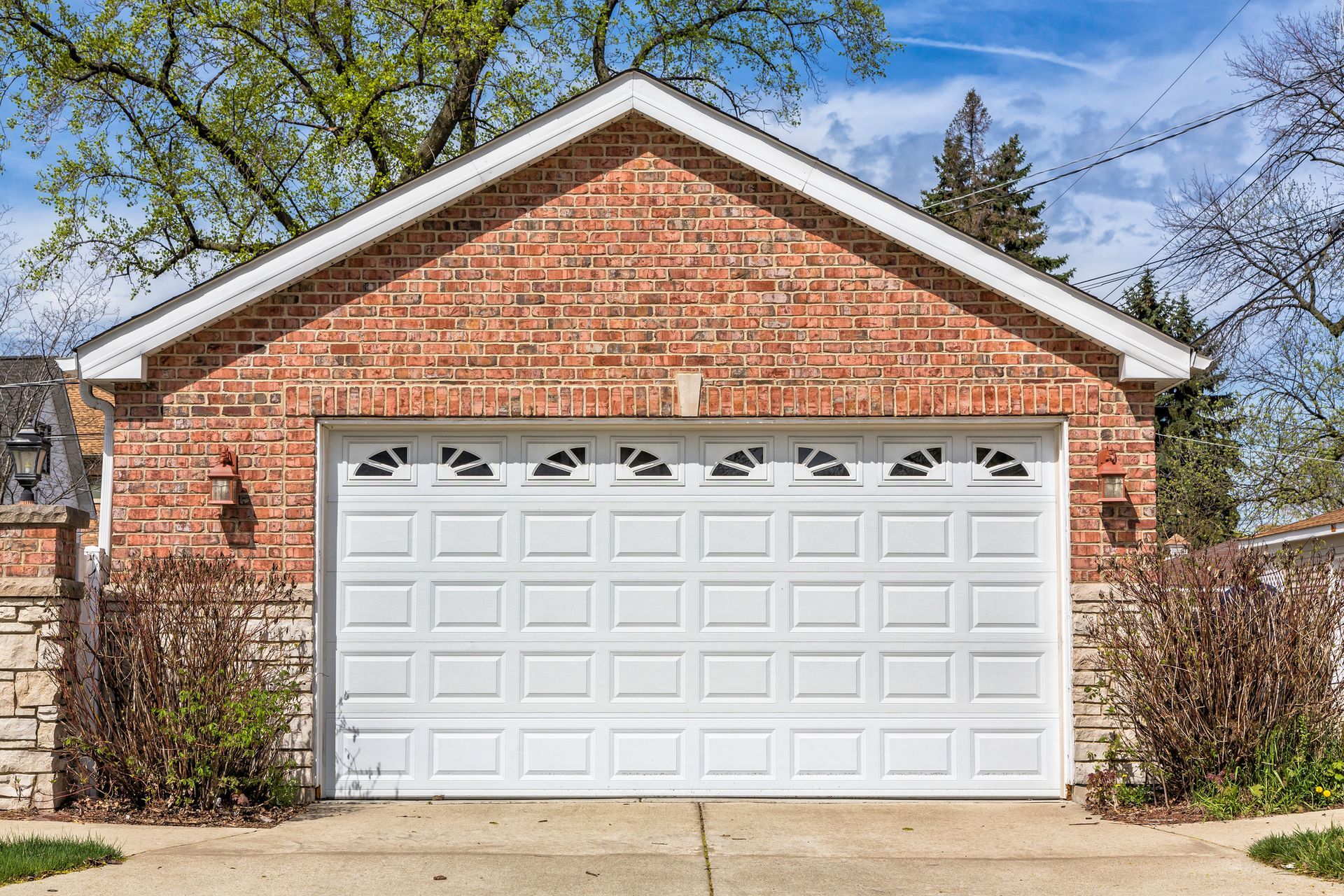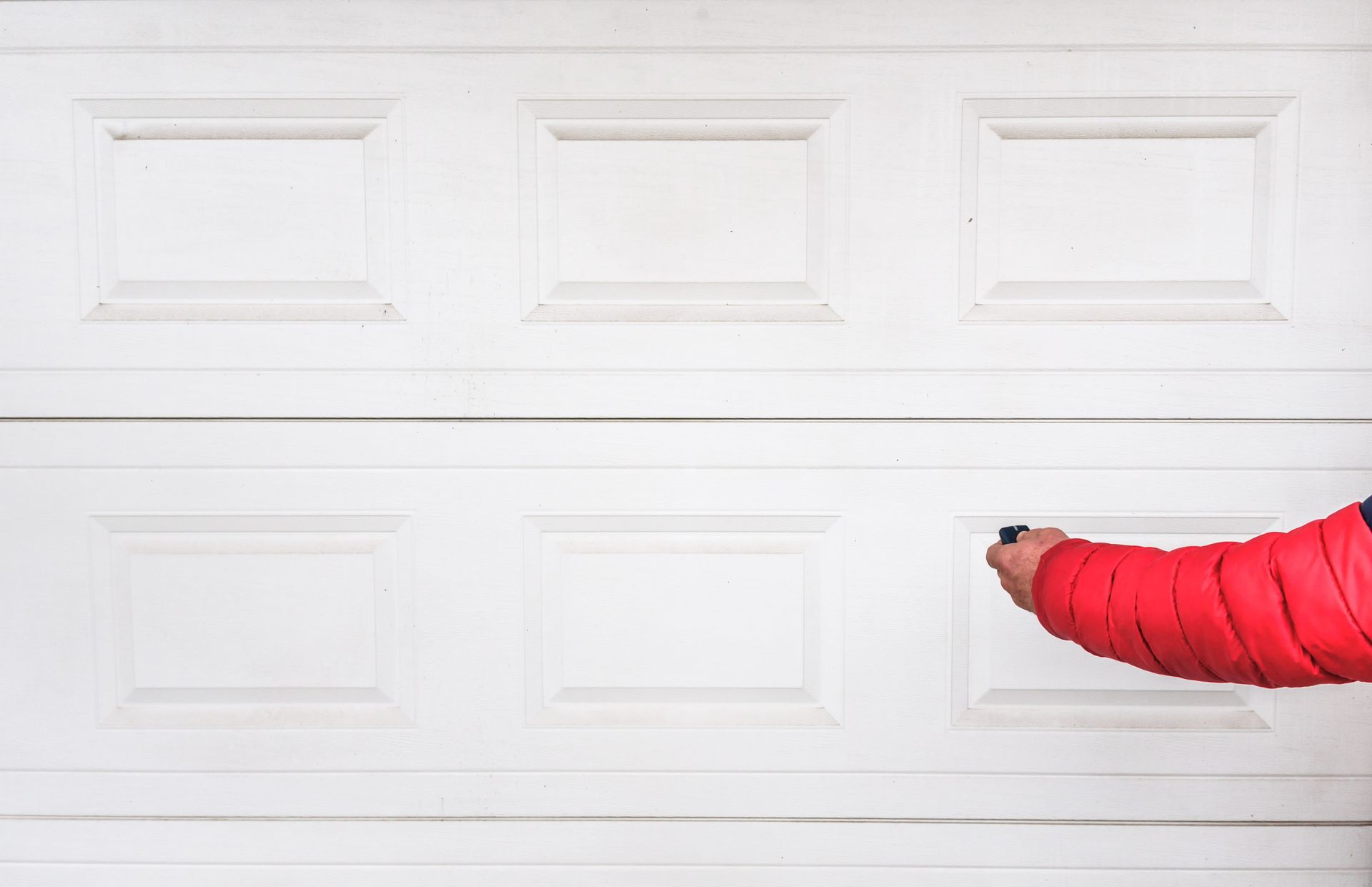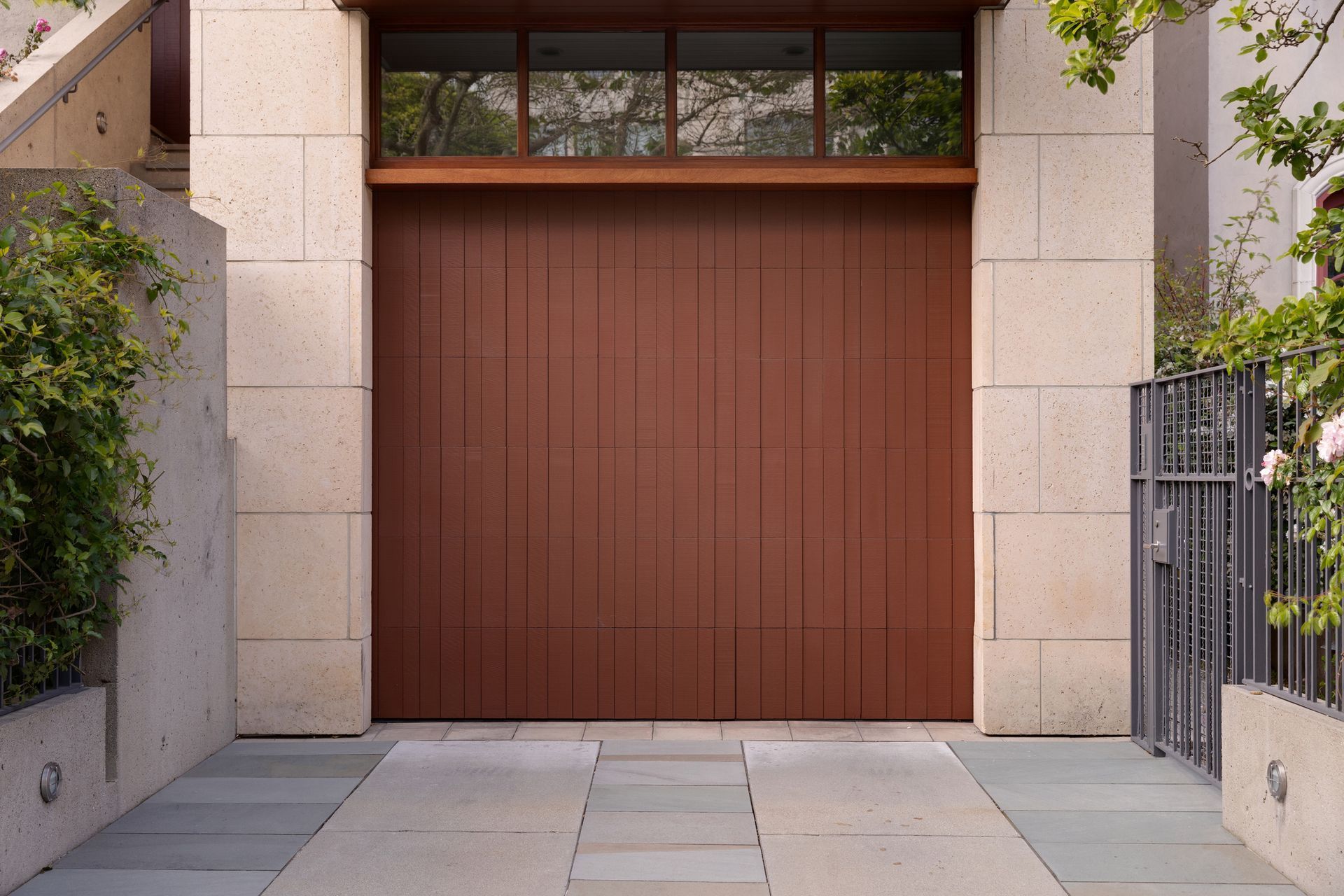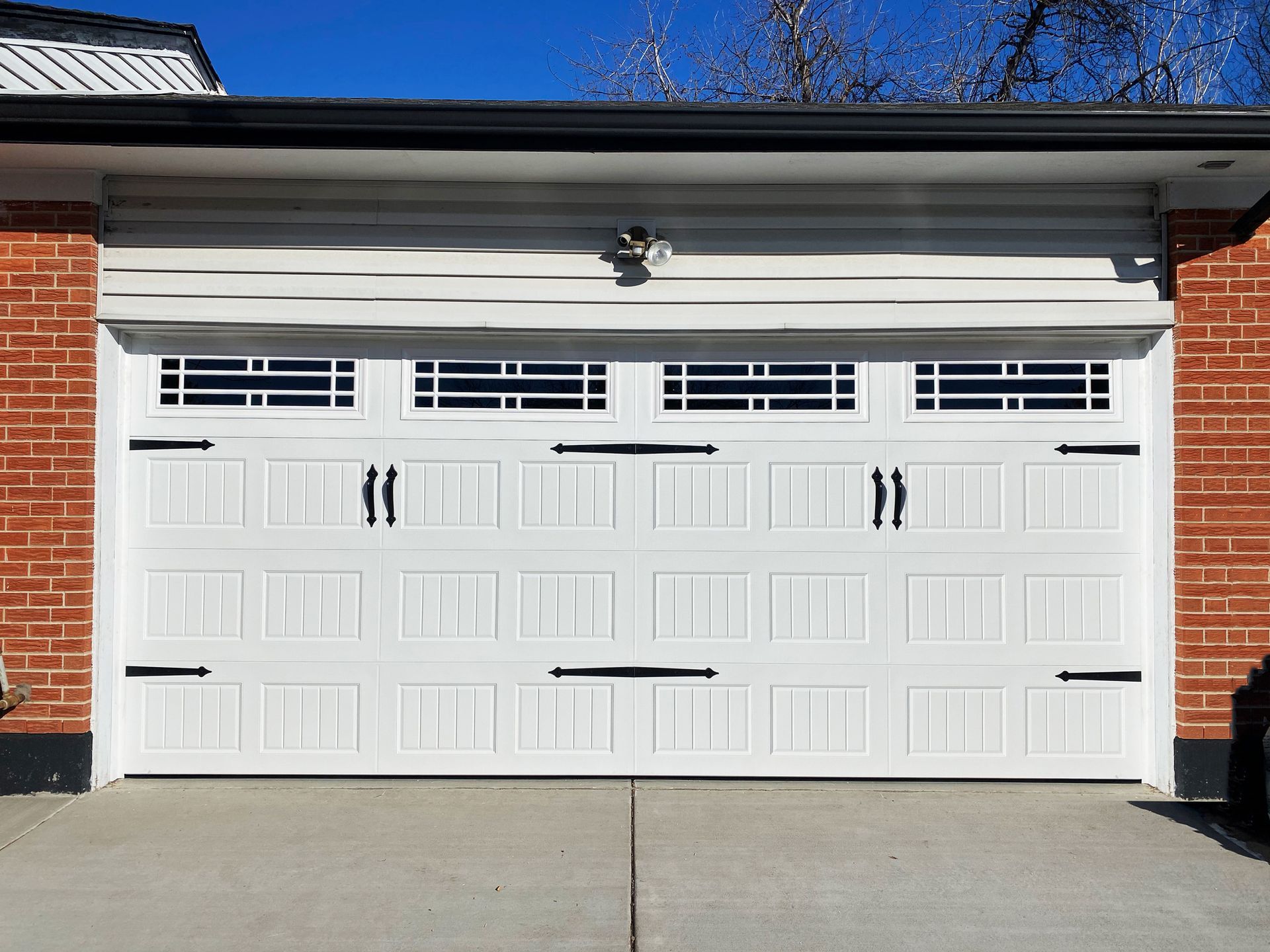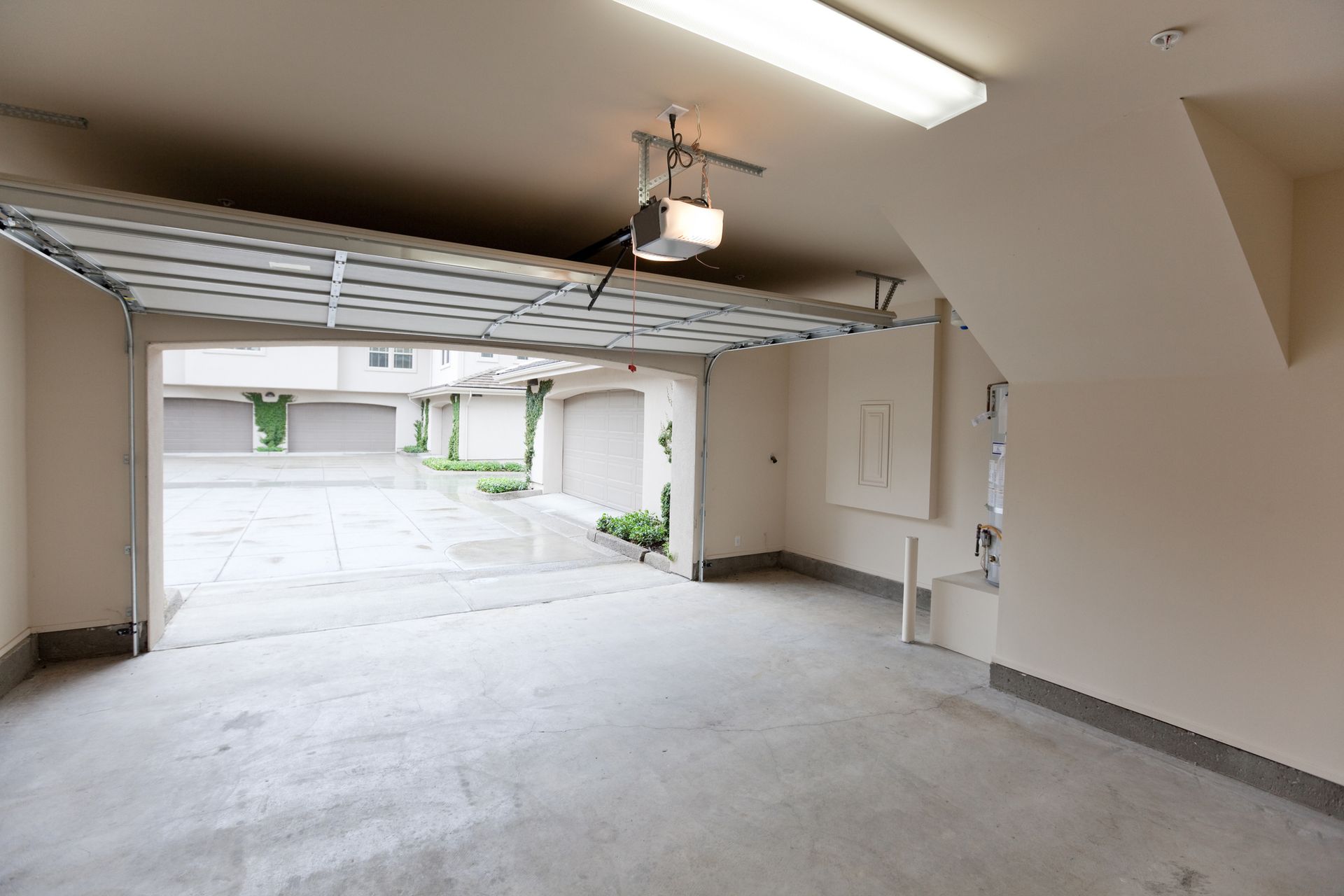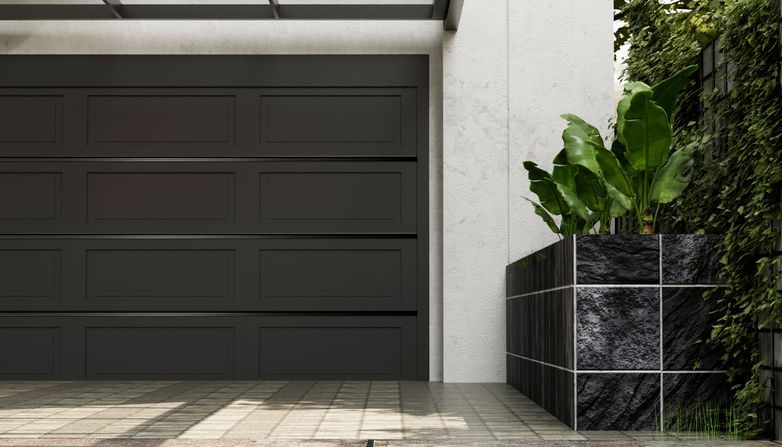3 Garage Door Components You Should Inspect for Post-Winter Damage
Harsh winter weather can take a toll on any garage door and garage door opener. Even if you did not experience any garage door problems all winter long, you should inspect your garage door and opener this spring to check for damage before it hinders the safe, convenient operation of your garage door or even the safety of your family.
Read on to learn about three garage door components that harsh winter weather can take a toll on and the signs that these components have damage and need replacing.
1. Weather Stripping
Depending on the design of your garage door, it may have weather stripping along the bottom and sides of the door or just along the bottom of it. This weather stripping performs the vital function of creating an airtight seal under or around your garage door to keep rainwater, snow, and other outdoor elements outside of your garage.
The harsh winter weather can take a toll on this weather stripping. Water that flows on top of this weather stripping when your garage door is open during the winter can freeze when the door is closed. Then, when you open your garage door, the weather stripping can tear or crack as it breaks free from the ground.
If you do not replace damaged weather stripping, then water can seep into your garage through the damaged weather stripping and potentially damage items in your garage or turn the floor of your garage into a breeding ground for mold and mildew. In addition, small pests, such as cockroaches, can squeeze under your garage door when weather stripping is not intact.
To determine if your garage door weather stripping needs replacement after the long winter, first, inspect it visually for discoloration and areas where the weather stripping appears to be thicker or thinner than other areas due to damage.
You may also be able to detect bad weather stripping by turning the light on in your garage. Do this in the evening and see if the light from inside of the garage projects underneath your garage door to the outdoors. You can also check the seal of your weather stripping by pouring a cup of water at the base of your garage door to see if water seeps through the weather stripping and into your garage.
If you suspect that your weather stripping has damage, then have a garage door professional replace it.
2. Garage Door Springs
Metal expands and contracts as it freezes and thaws during the winter. Thus, operating your garage door when metal is frozen can place extra stress on your garage door springs. In addition, lubricants that coat metal garage door components can thicken during the winter, leading to more friction than usual. All garage door components slide against each other when a door is opened and closed, also placing stress on door springs.
Even if your garage door springs survived the winter intact, they may have developed damage. This damage can lead to them breaking when you open or close your garage door this spring. When garage door springs break, a garage door may become difficult to impossible to open, since they support much of the weight of your garage door.
Two main types of garage door springs exist: extension springs and torsion springs. Extension springs are typically along the sides of a garage door, while a torsion spring typically lies across the top of a garage door.
To check your garage door springs for damage, first look for gaps in the spring coils. If any gaps exist in either type of garage door spring, then that is a sign that they could soon break. To check for torsion spring wear and tear, disengage the garage door opener and open the garage door manually. The door should open relatively easily and stay open with no support.
You can further check for extension spring damage by disengaging the garage door opener and opening the garage door manually. If one side of the garage door sags when the garage door fully open, then that is a sign at least one of your garage door springs is damaged and needs replacement.
3. Garage Door Opener
Winter weather also places extra stress on your garage door opener. When the lubrication on garage door tracks thickens, more stress goes on your garage door opener as it pulls your door open against the increased resistance. In addition, when metal garage door components freeze and contract, even more resistance can be created that your garage door opener must work hard to defeat.
Spring is a good time to check for signs of a failing opener after the increased stress of winter has taken a toll on it. Signs that your garage door opener may need replacement include a garage door that opens more slowly, an opener that has become very loud as it operates, or a garage door that vibrates as it opens.
After winter, examine your garage door for damage that needs replacement, or have a garage door professional inspect it for you and recommend needed repairs. Contact the garage door professionals at Plano Overhead Garage Door for all of your garage door needs today.
The post 3 Garage Door Components You Should Inspect for Post-Winter Damage appeared first on Plano Overhead Door.

